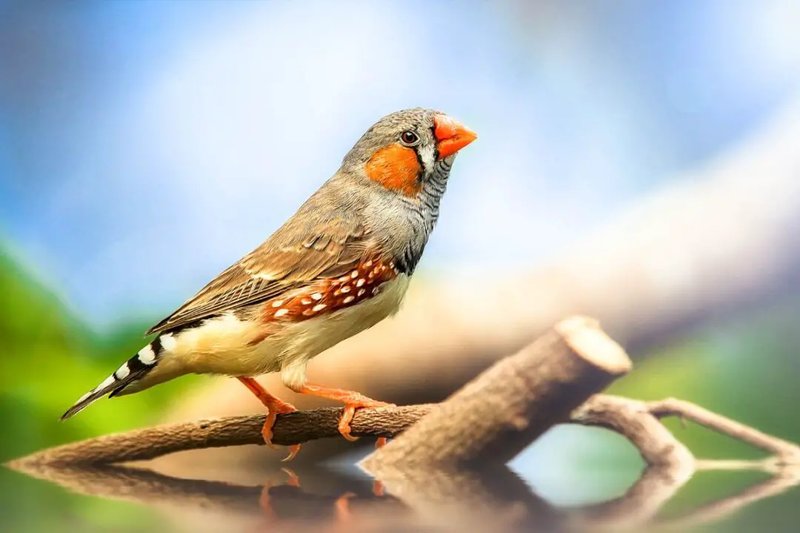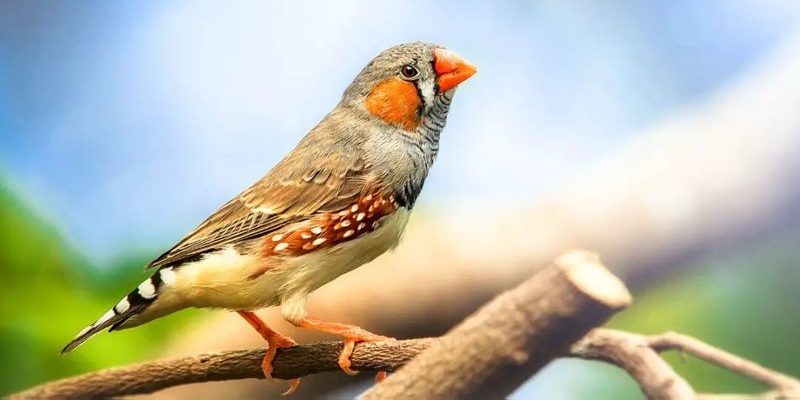
Many animals possess quirks and characteristics that can remind us of the vampire bat, whether it’s their feeding habits, nocturnal nature, or general appearance. By exploring these animals, you’ll gain a better understanding of how each one fits into its ecosystem. In this article, we’ll discover ten fascinating animals that resemble the vampire bat and find out what makes each of them unique. Grab a cozy drink, and let’s get started!
1. Common Vampire Bat
You can’t talk about animals similar to the vampire bat without mentioning the common vampire bat itself, commonly known as *Desmodus rotundus*. This species is probably the most famous of the vampire bats, and for a good reason. Unlike most bats that feast on insects or fruit, the common vampire bat prefers a warm meal—blood.
These bats have specialized teeth that allow them to make small incisions in the skin of their prey, often livestock. Interestingly, their saliva contains anticoagulants, which prevent the blood from clotting while they feast. You might think they’re scary, but they tend to be surprisingly gentle during feeding, a key factor that distinguishes them from their mythical namesakes.
So, while the common vampire bat is notorious for its bloodsucking ways, it’s essential to understand that they play a role in the ecosystem by keeping animal populations in check!
2. Fruit Bat
The fruit bat, or flying fox, is another bat species that shares some commonalities with the vampire bat. Though they don’t suck blood, they do enjoy a diet of fruits, nectar, and flowers. Their large size makes them stand out, with wingspans reaching up to 6 feet!
You might be wondering how to tell fruit bats apart from vampire bats. They usually have a more brightly colored fur coat (like orange, brown, or yellow) and possess a more elongated snout for sniffing out tasty fruits. While vampire bats are typically solitary, fruit bats are known for their social behavior, often roosting in large colonies. Their role in pollination and seed dispersal makes them critical for maintaining healthy ecosystems.
If you ever spot one hanging from a tree, you’ll notice it looks quite different from its bloodsucking relatives!
3. Eastern Red Bat
The eastern red bat, known for its bright reddish-brown fur, is another fascinating nocturnal creature. Although it doesn’t share the vampire bat’s feeding habit, it’s similar in terms of its nighttime activities. These bats are often found in forests and are known to hang from branches during the day, camouflaged in the foliage.
What makes the eastern red bat unique is its diet consisting of insects. Unlike the vampire bat, which requires blood to survive, the eastern red bat plays a vital role in keeping insect populations in check. It can often be observed hunting at dusk, swooping down to snatch up moths or beetles mid-flight.
If you happen to spot one, the contrast in their fur and feeding habits will surely illustrate the differences between these two bat species.
4. Hoary Bat
The hoary bat is another creature that resembles the vampire bat in terms of color and nocturnal behavior. It’s one of the larger bat species in North America and has a distinctively marked fur that appears frosted due to the tips of its hair. This gives it a unique look, setting it apart from others.
Like the eastern red bat, the hoary bat primarily feeds on insects, making it quite different from the vampire bat’s bloodsucking habits. Hoary bats play an essential role in controlling insect populations, which can have a significant impact on agriculture and even human health. If you see a larger bat with a frosty appearance darting through the night sky, you’re likely witnessing a hoary bat on its evening hunt.
5. Pygmy Fruit Bat
The pygmy fruit bat is a smaller relative of the more famous fruit bat. It’s known for its tiny size and love for fruits, which makes it another distant relative of the vampire bat. Pygmy fruit bats inhabit tropical and subtropical forests, where they play a significant role in pollination.
When comparing pygmy fruit bats to vampire bats, size is a primary distinguishing factor. Pygmy fruit bats are much smaller and have rounder faces compared to the sleek appearance of vampire bats. Their diet mainly consists of fruits and flowers, which they find within their forested habitats.
If you ever spot one, take a moment to appreciate how vital they are for helping forests thrive!
6. Lesser Long-Nosed Bat
The lesser long-nosed bat is another fascinating animal that shares some similarities with the vampire bat. Known for its long snout and ability to feed on nectar, these bats are essential pollinators for many desert plants. They’re vital to the ecosystem, especially in arid regions.
What differentiates them from vampire bats is their diet; instead of blood, these bats feast on the nectar of cacti and flowering plants. This feeding behavior helps plants reproduce and thrive in their environment. If you encounter a lesser long-nosed bat at dusk, you might even see it hovering around flowers, sipping on nectar.
While they may share the same nighttime habits, their roles in nature are quite different!
7. Spix’s Macaw
Though not a bat, Spix’s macaw is an endangered bird that resembles the vampire bat in its dramatic story of survival. Once thought extinct in the wild, this beautiful blue bird has undergone significant conservation efforts. While it doesn’t share the bat’s feeding habits, it does share a love for fruit!
Unlike vampire bats, Spix’s macaws feed primarily on seeds, nuts, and fruits. Their vibrant color and striking appearance make them memorable and an important part of their ecosystem. To differentiate them from bats, just remember that they’re birds, with feathers instead of fur!
As an animal lover, learning about the efforts to protect this species can be particularly inspiring. They remind us of the importance of conservation efforts and our role in protecting these unique creatures.
8. Red-Tailed Hawk
Red-tailed hawks are raptors, meaning they’re birds of prey, and although they don’t share a diet with vampire bats, their hunting skills are amazing. These majestic birds are often found soaring high above open fields, and they primarily hunt small mammals, birds, and reptiles.
What connects red-tailed hawks to vampire bats is their nighttime predation skills. Though mostly diurnal, red-tailed hawks can sometimes hunt at dusk. They don’t prey on blood, but they absolutely fit within the predator category. Their sharp eyesight and keen hearing help them catch their meals with ease.
If you see one perched high on a tree, you can appreciate their beauty and remarkable hunting skills, which are different but equally impressive compared to the cunning ways of vampire bats.
9. Common Hedgehog
The common hedgehog is a small mammal with spiky fur that might not come to mind when thinking of vampire bats, but they do share a love for nighttime activities. Hedgehogs are nocturnal foragers that feed on insects, worms, and small invertebrates. While they have no relation to bats, their nighttime habits can draw comparisons.
Unlike vampire bats, hedgehogs curl into a ball when threatened, using their spines for protection. Their habit of snuffling around the ground for food is quite different from how vampire bats hunt. But both rely on their senses to navigate and hunt, making them fascinating in their own right!
The key difference lies in their diet and behavioral adaptations, which are unique to their respective environments.
10. Aye-Aye
The aye-aye is a curious primate that lives in Madagascar. Known for its unusual appearance and long, thin fingers, the aye-aye’s nocturnal behavior puts it in the same realm as vampire bats. However, it has a completely different feeding method, focusing on grubs and insects found beneath tree bark.
What sets aye-ayes apart is their method of foraging; they tap on trees to find hollow spots, then use their long fingers to extract grubs. While they both share a night-active lifestyle, their diets and hunting methods vary widely.
If you’re ever lucky enough to spot an aye-aye in the wild, you’ll likely be fascinated by its unique and specialized feeding skills!
In summary, the animal kingdom is filled with creatures that share elements with the vampire bat. From their nocturnal habits to their distinct diets, every animal plays a crucial role in the ecosystem. Whether it’s through pollination, controlling insects, or simply bringing interest to their habitats, these animals are essential in their own right. As you explore these fascinating animals, you might develop a deeper appreciation for the complexity of nature and the diverse lives connected to the vampire bat.

